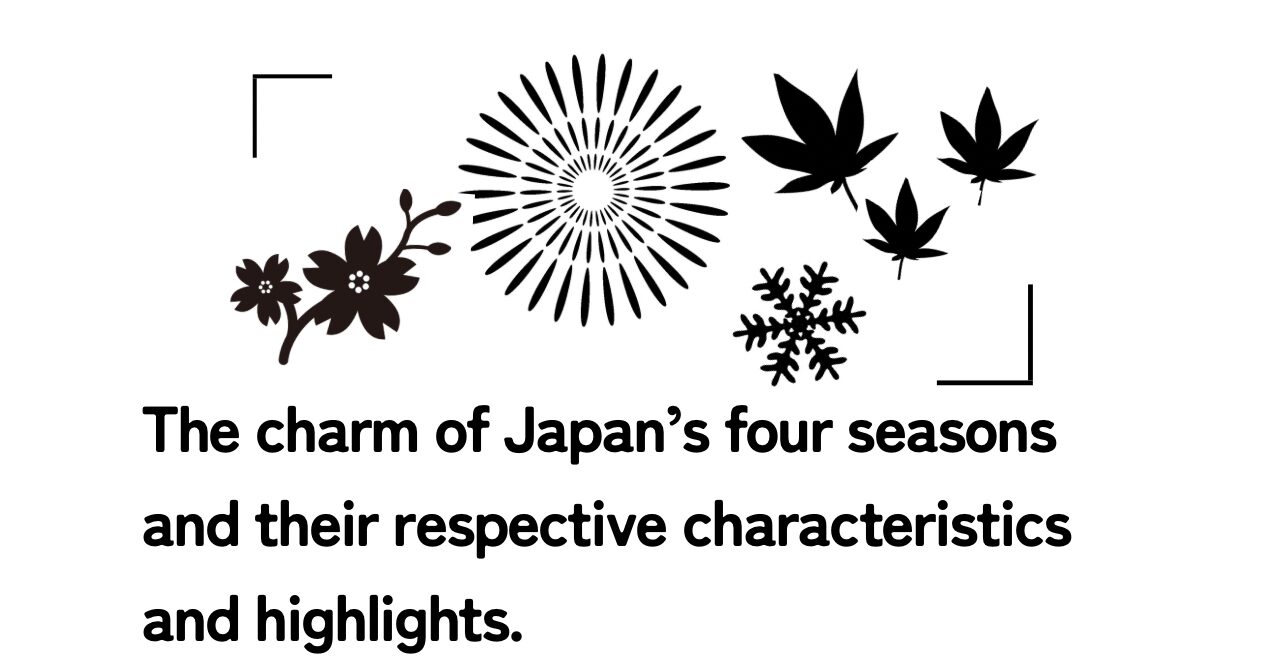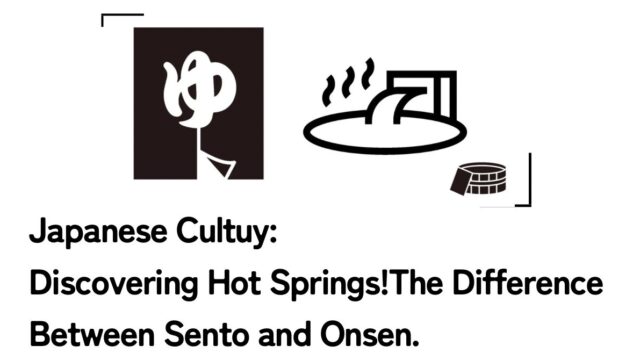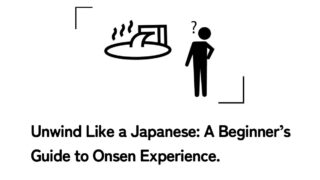One of the most enchanting things about Japan is the way its landscape and culture transform with the changing seasons. With each season comes a new charm, inviting travelers to experience the country in a unique way. Whether you’re here for the lively spring cherry blossoms or the peaceful winter snow, Japan offers something special year-round.
In this guide, we’ll take you through the four seasons of Japan. By the end of this article, you’ll not only understand what makes each season so memorable but also know what to expect when you visit Japan. So, why not plan your trip during a different season and see how a familiar place changes with the weather?
Japan’s Four Seasons: Spring, Summer, Fall, and Winter
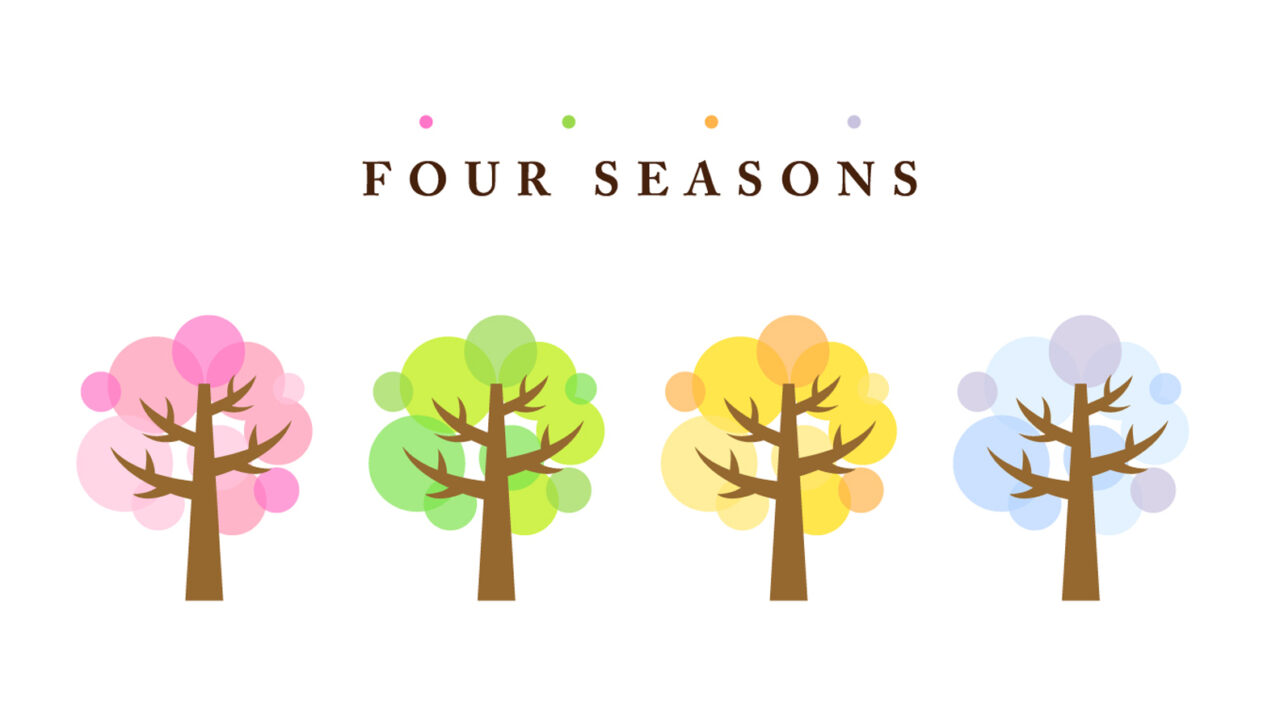
Japan experiences four distinct seasons—spring, summer, fall, and winter. Each season has its own unique climate and beauty, offering visitors different ways to enjoy nature, culture, and food throughout the year.
The Japan Meteorological Agency defines the seasons as follows:
- Spring: March to May
- Summer: June to August
- Fall: September to November
- Winter: December to February
The changing seasons bring a shift in temperature and humidity, so it’s important to pack accordingly to avoid catching a cold or missing out on the season’s best experiences.
What Changes with the Seasons in Japan?
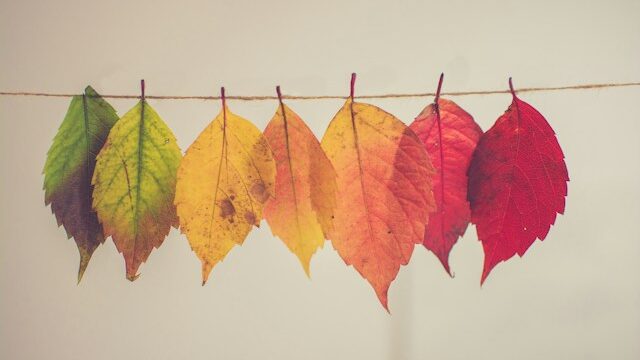
In Japan, nature and culture are closely linked to the seasons. One of the highlights of each season is the beautiful plant life that comes with it. In spring, Japan is famous for its cherry blossoms. In summer, the hydrangeas bloom, while autumn is known for the stunning fall foliage. Winter brings the elegance of camellias and a whole new charm to the landscape.
Japanese cuisine also follows the seasons. The concept of “shun” refers to the time when certain foods are at their best, harvested fresh and full of flavor. Seasonal ingredients are at the heart of Japanese cooking, and enjoying dishes that match the season is a great way to experience Japanese culture.
Spring: The Season of Renewal
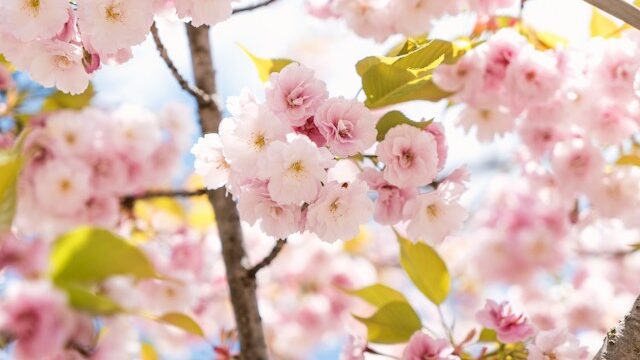
Spring in Japan is a time of rejuvenation. As the cold weather fades away, the country bursts into bloom with vibrant flowers and fresh greenery. The most iconic sight of spring is the cherry blossoms, or sakura. Every year, people flock to parks and riversides to enjoy hanami, or cherry blossom viewing, making it one of Japan’s most beloved traditions. Popular spots for cherry blossom viewing include the Meguro River in Tokyo and the Philosopher’s Path in Kyoto.
Along with the cherry blossoms, spring is also a season of fresh greenery. Parks and mountains come alive with lush foliage, providing the perfect setting for strolls and picnics. Places like Arashiyama in Kyoto and Yoshinoyama in Nara are especially beautiful during this time.
Spring is also full of vibrant festivals. The Sanja Matsuri in Asakusa, Tokyo, and the Ningen Shogi (human chess) event in Tendo City, Yamagata, are just a few examples of the lively celebrations you can enjoy in the spring.
Summer: Heat, Festivals, and Fireworks

Summer in Japan is a time of heat and humidity, with temperatures often soaring above 30°C (86°F) during the day. But despite the intense heat, summer is also a time of celebration. Summer festivals are a highlight, bringing together lively music, dancing, and traditional rituals. The sound of drums and the sight of people dressed in yukata (summer kimono) create a festive atmosphere everywhere.
One of the most famous summer events is the fireworks displays. Watching colorful fireworks light up the summer night sky is an essential part of Japanese culture. Major firework festivals like the Hamamatsu Festival in Shizuoka and the Ube City Fireworks Festival in Yamaguchi are must-sees for anyone visiting during the summer.
If you’re looking to cool off, river activities like boating or playing in the water are a popular way to escape the summer heat. For example, you can enjoy clear waters at places like the Niseko-Shiribetsu River in Hokkaido or the Niyodo River in Kochi, famous for its crystal-clear water.
Fall: The Season of Colorful Leaves and Harvests
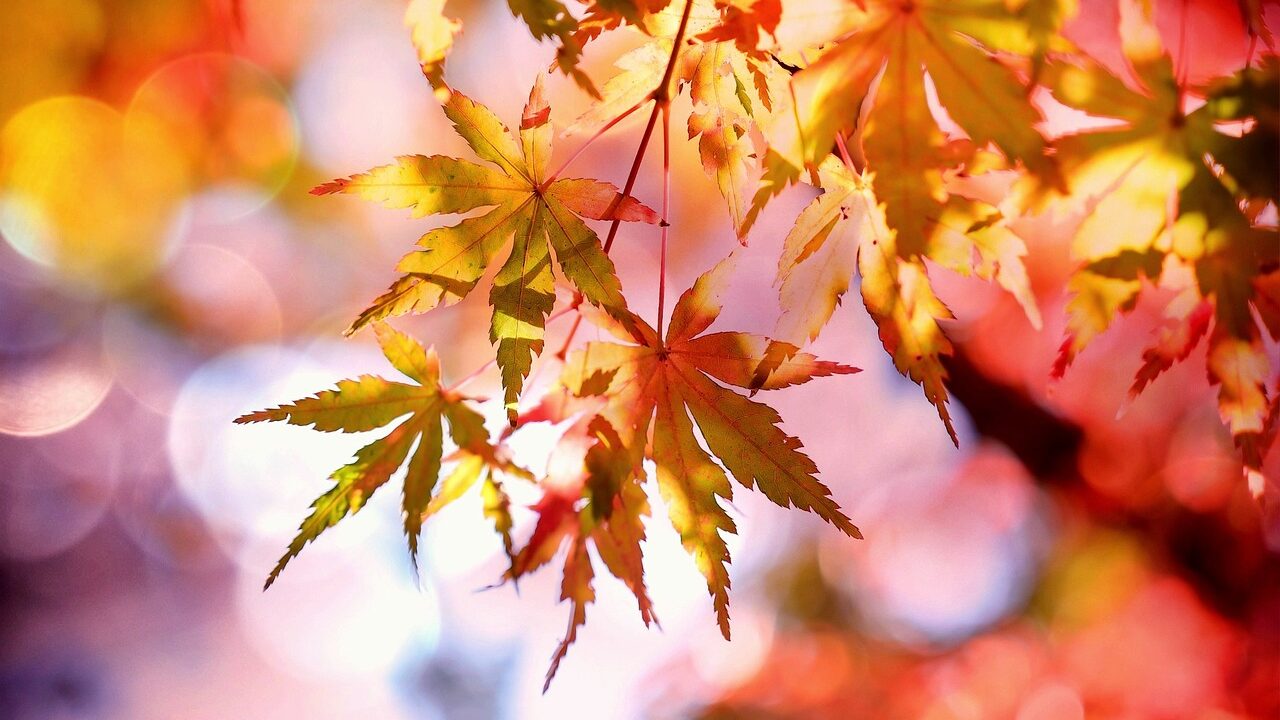
Fall in Japan brings cooler weather and one of the most breathtaking natural displays—autumn leaves. As the temperature drops, the foliage turns brilliant shades of red, orange, and yellow, creating a beautiful patchwork of color across the country. Some of the best places to enjoy the autumn foliage are Ginkakuji Temple in Kyoto and Shinjuku Gyoen in Tokyo.
Autumn is also a time for harvest festivals, where local specialties and fresh produce are celebrated. From chestnuts and persimmons to new seasonal rice, autumn is a time for enjoying the flavors of the season. Don’t miss the new sake festivals, which are held throughout Japan to celebrate the release of the season’s freshly brewed sake.
Cultural festivals, like school and community events, are also a big part of the fall season. They offer a chance to see local traditions and enjoy performances by students and artisans alike.
Winter: Snowy Landscapes and Hot Springs
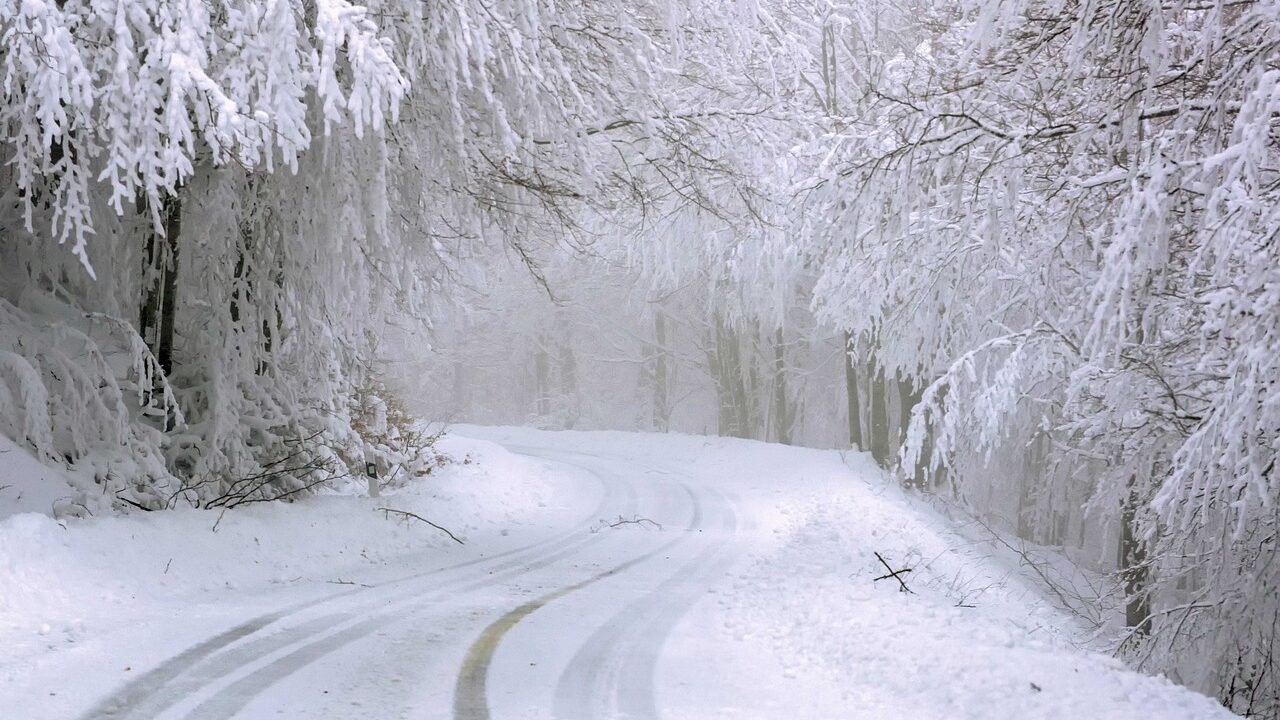
Winter in Japan is cold, with temperatures often dipping below freezing, especially in the northern regions. The snow creates a magical atmosphere, particularly in areas like Hokkaido and the Tohoku region, where snow festivals feature intricate snow sculptures and ice displays.
For those who enjoy winter sports, skiing and snowboarding are popular activities in Japan’s snowy regions. There’s no better way to experience the winter season than by hitting the slopes or relaxing at a hot spring (onsen) after a day of outdoor fun.
The winter season is also a time for festive lights and decorations. Kobe Luminarie in Hyogo Prefecture is a famous event where thousands of lights illuminate the city, creating a dreamy, magical world.
Relax and Rejuvenate in Japan’s Hot Springs
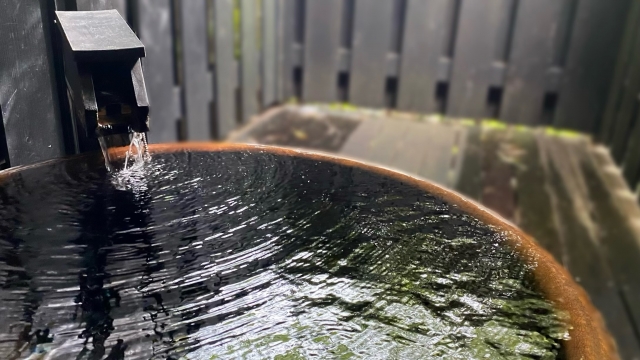
Japan’s cold winters are made all the more enjoyable by the country’s abundance of hot springs. Soaking in an outdoor onsen while surrounded by snowy landscapes is a unique winter experience. There are many hot spring resorts scattered across Japan, such as Zao Onsen in Yamagata, Shiga Kogen Onsen in Nagano, and Yumura Onsen in Yamanashi, where you can enjoy the warmth of the water while taking in the winter scenery.
A Final Thought on Japan’s Seasonal Charm
Japan’s four seasons offer a unique and ever-changing landscape, with each season bringing something special for visitors to enjoy. Whether it’s cherry blossoms in spring, fireworks in summer, autumn foliage, or the winter snow and hot springs, there’s always a good reason to visit Japan at any time of year.
Remember that there are also a few weather-related factors to keep in mind. The rainy season (tsuyu) typically occurs between June and July, and typhoons can impact travel from summer to autumn. Be sure to check the weather before you go!
Caution
Rainy Season
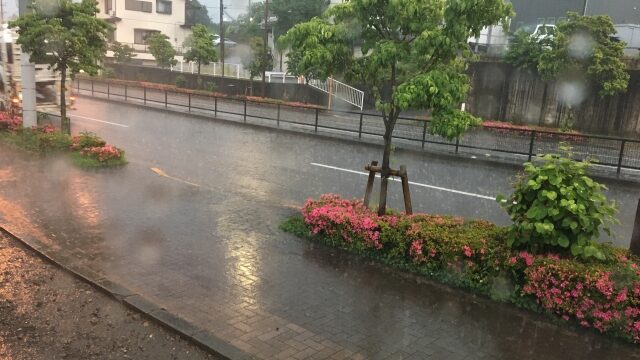
Although there is no clearly defined rainy season in Japan, there is a rainy season called tsuyu (the rainy season). The rainy season generally falls between June and July, with particularly heavy rainfall in the Kanto and Kansai regions, including Tokyo and Osaka. During the rainy season, humidity is high and rainfall may continue, but rainfall patterns and durations may vary throughout the country.
Typhoons
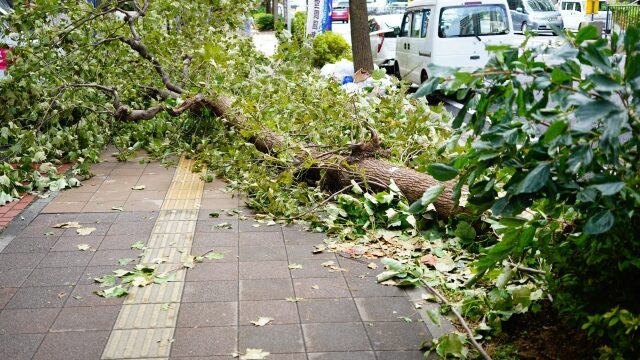
The most frequent typhoon season is mainly from summer to autumn. Typhoons are especially likely to occur from August to October. During this period, warm ocean temperatures and weather conditions encourage the formation of typhoons, which frequently approach and pass over Japan and surrounding waters. The high occurrence of typhoons means that travel and camping may be affected, so care should be taken.
No matter when you choose to visit, Japan’s seasonal beauty will always offer something to surprise and delight you. Happy travels!
